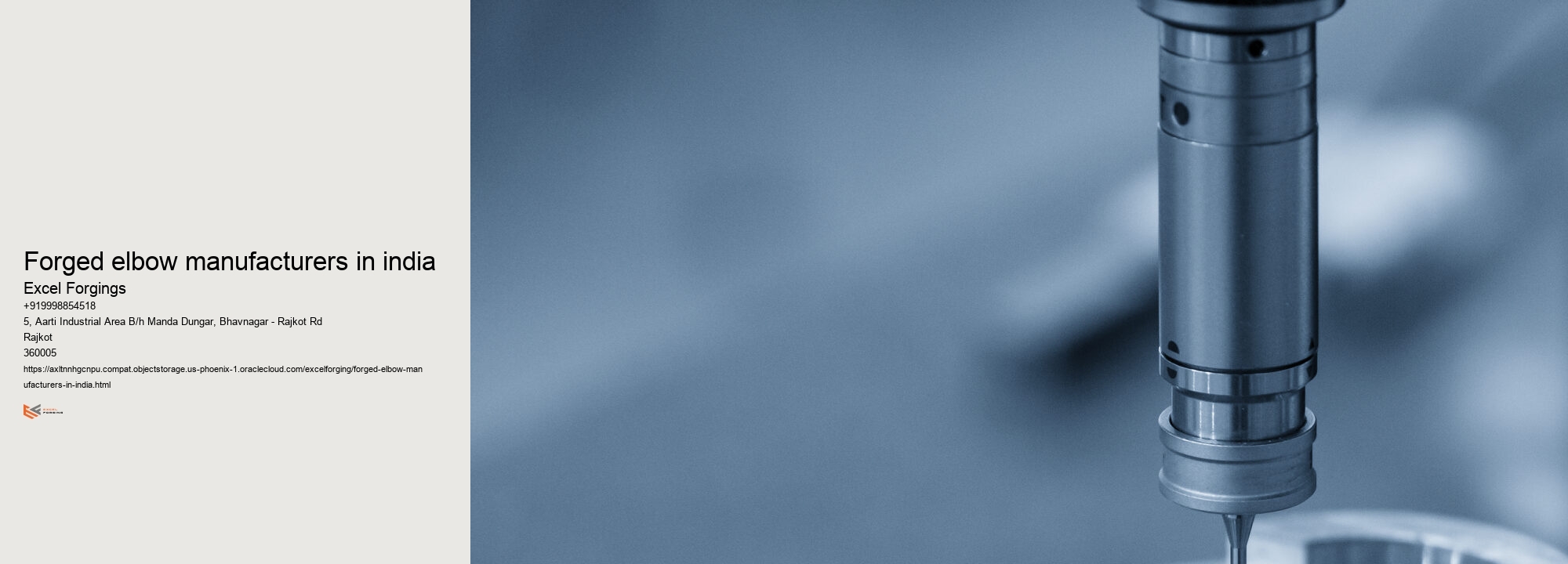


Risk management considerations for forgings include ensuring that all forging activities are conducted in accordance with established safety protocols, conducting regular inspections of the forging equipment, proper handling and storage of finished products to prevent damage or contamination, and implementing quality control measures such as metallurgical tests to ensure product quality. Additionally, it is important to consider potential risks related to the use of high temperature materials during the process, as well as environmental considerations such as air pollution from smoke generated during the process. Another risk consideration is determining an appropriate supply chain strategy for procuring raw materials and components needed for manufacturing finished parts. Finally, cost-control measures must be implemented when selecting vendors or suppliers of raw materials. All these factors must be taken into account when designing a comprehensive risk management strategy for forgings operations.
Inspection requirements for forgings typically include dimensional check, visual inspection, hardness testing, metallurgical analysis and non-destructive testing. Depending on the grade and specification of the forging material, additional requirements may need to be fulfilled. For example, when using high-value materials such as nickel alloys, corrosion tests may also be required. Additionally, special equipment is often needed to inspect very large or complex forgings in order to uncover any defects or irregularities.
When it comes to delivery considerations for forgings, there are several factors to consider. These include the size of the part being forged, as well as other components that need to be taken into consideration such as shipping requirements and timetables. Additionally, it is important to ensure that sufficient quality control measures are in place when producing forgings in order to meet customer expectations with regards to delivery time and product quality. Finally, it is also necessary to consider any applicable legal or environmental regulations when handling these parts.